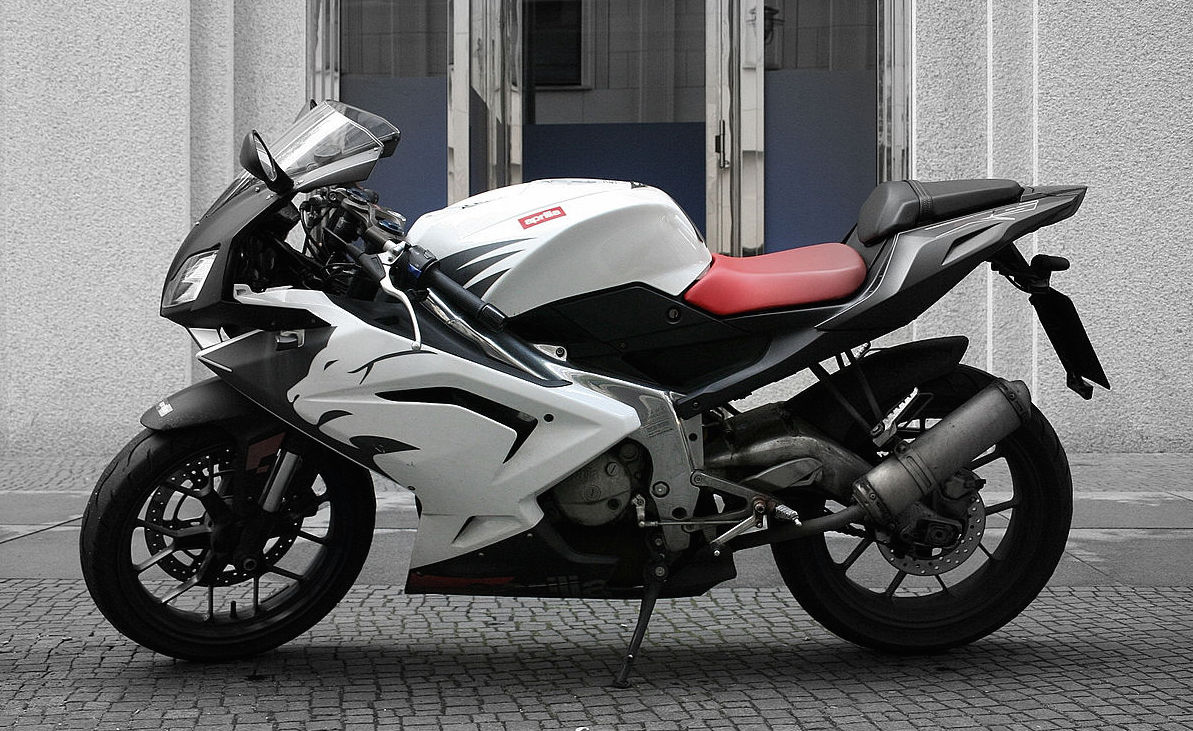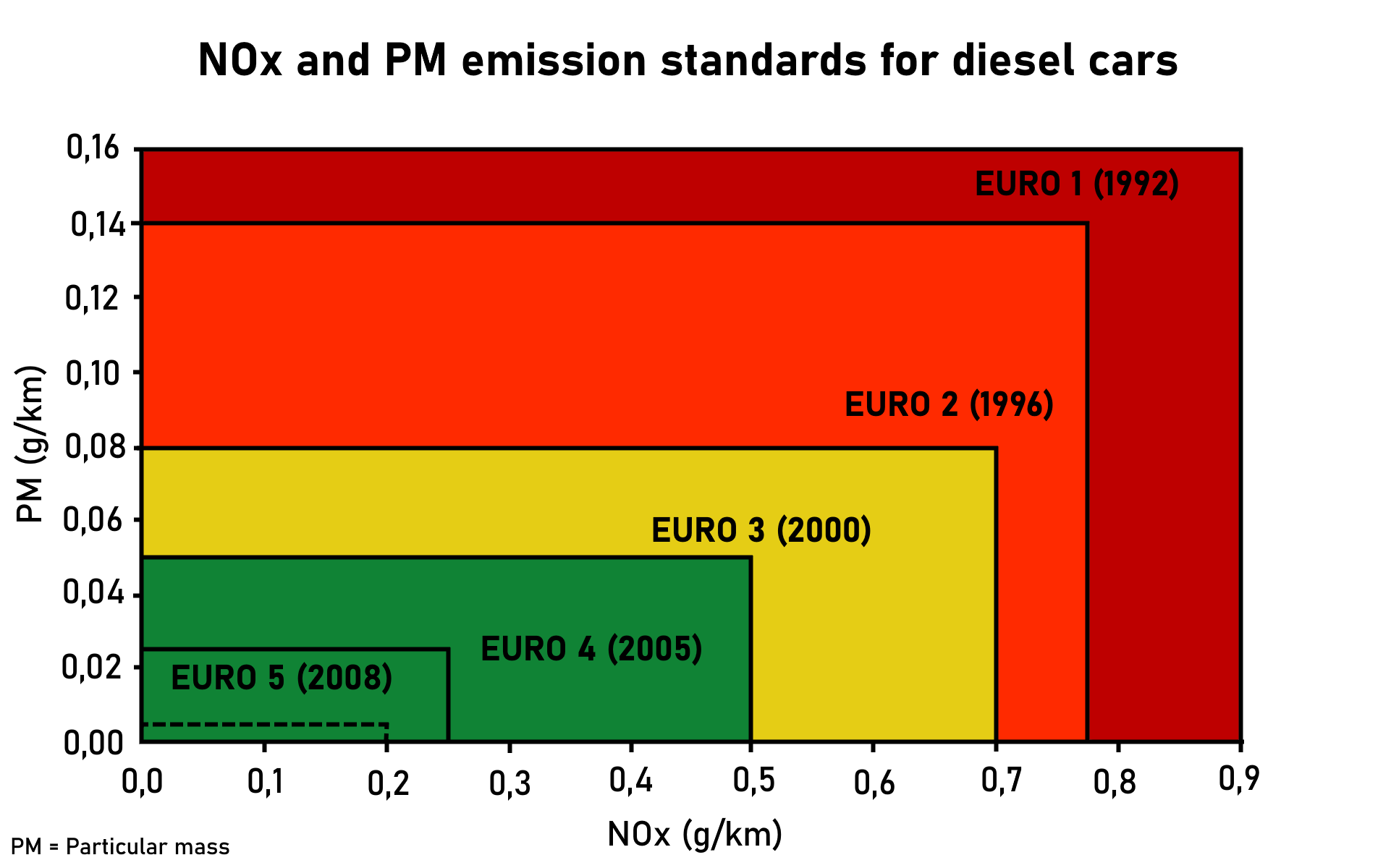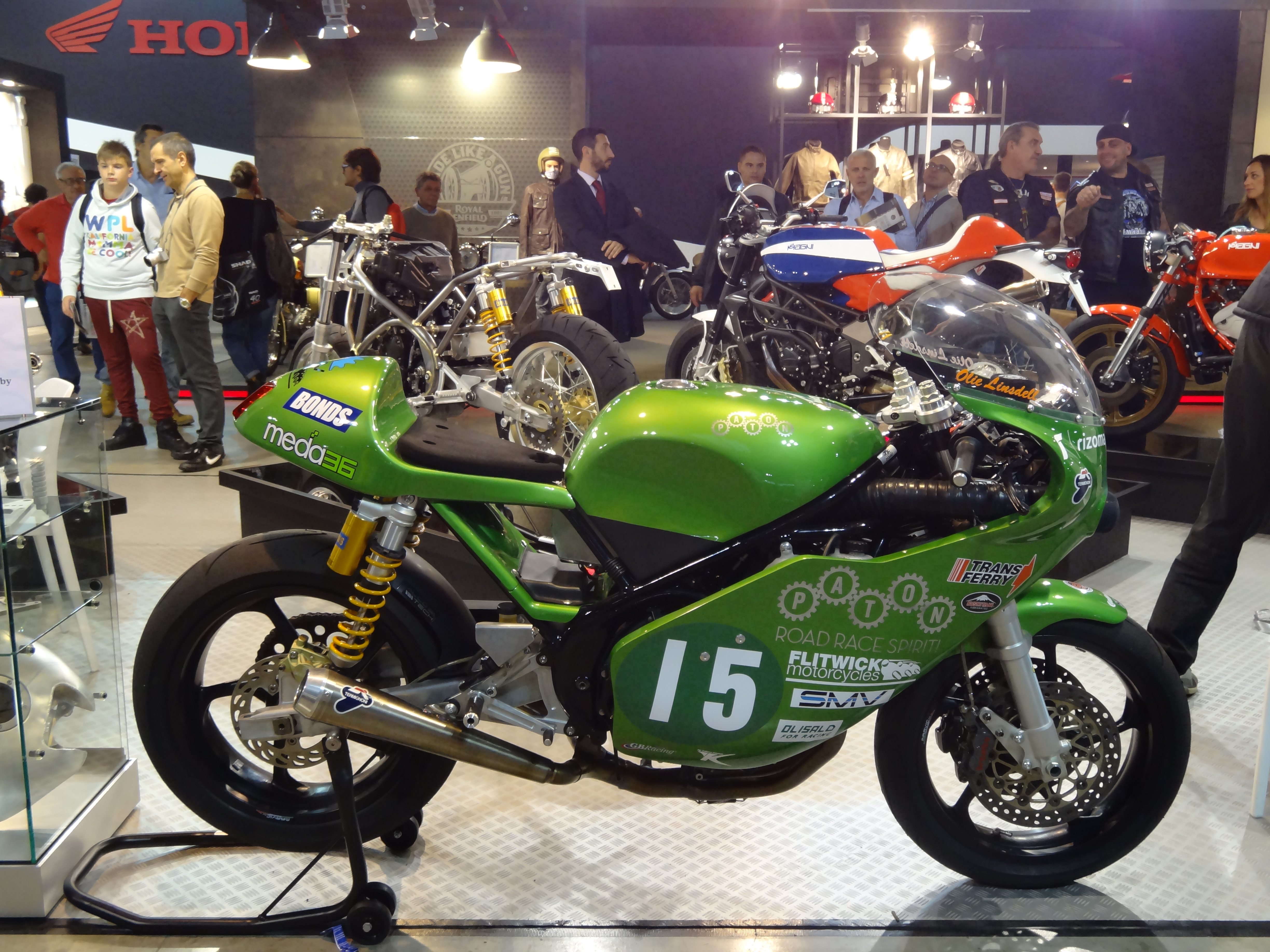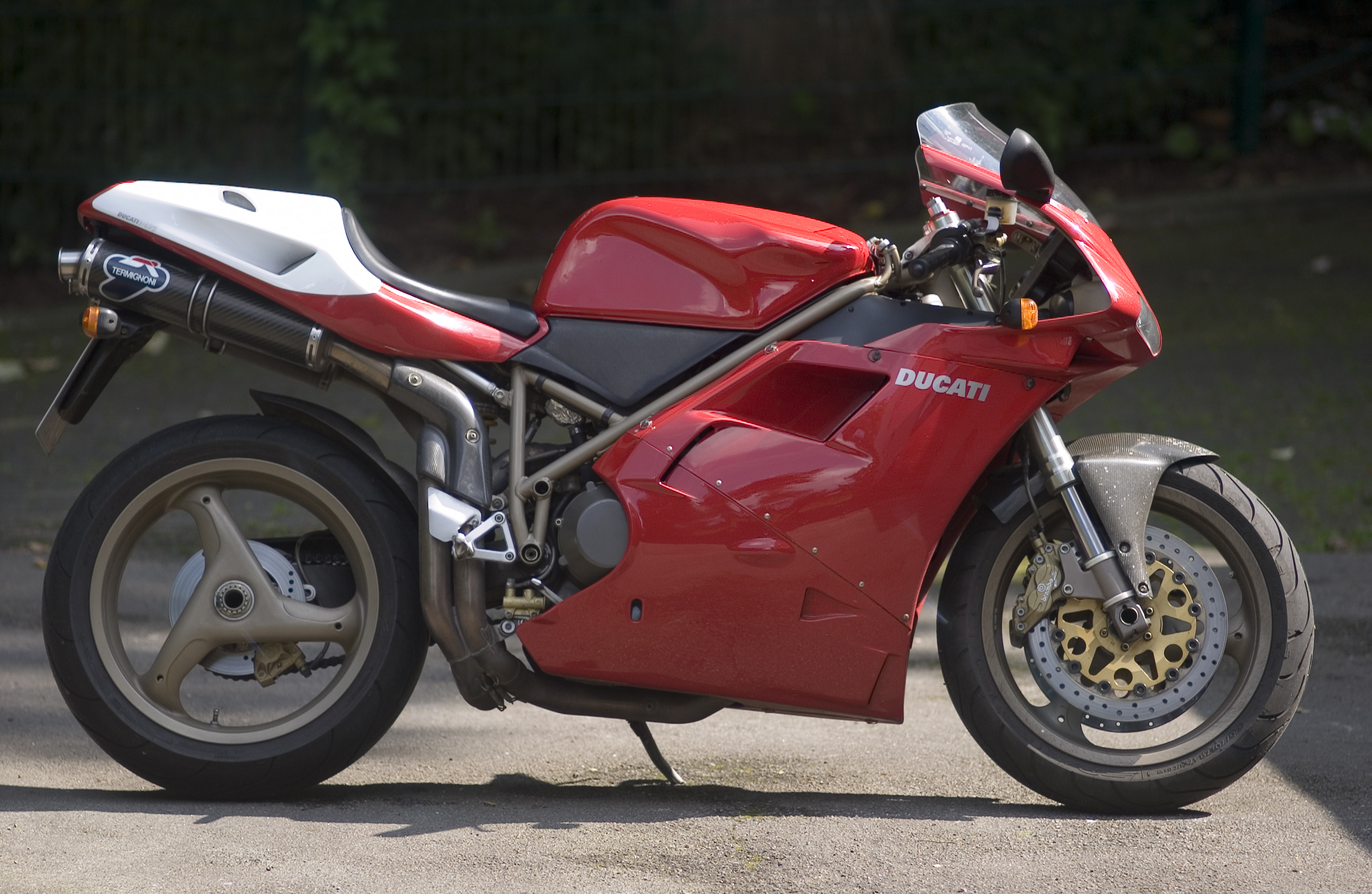|
Cagiva Planet
The Cagiva Mito () is a small-engined Cagiva Sport bike, sports motorcycle. The powerplant consists of a two-stroke ' single-cylinder engine. History and development The Cagiva Mito was the first bike of Valentino Rossi, eventual 9 time MotoGP world champion. In 1994, Rossi had been provided a factory Mito by Cagiva team manager Claudio Lusuardi and cruised to the Italian title. During the 1990s the Mito was the arch-rival to Aprilia's Aprilia AF1, AF1 125 Futura and later the Aprilia RS125, RS125, a similar 2-stroke ''125 cc'' race-replica. In 2012, production of new Mitos was suspended. Increasingly stringent environmental emission requirements and the concentration of resources on MV Agusta F3 series, MV Agusta's F3 were cited as reasons. The last few Mito SP525s produced were white in colour, and personally signed by MV Agusta CEO Giovanni Castiglioni. Models Mk I/II and SP The Mito was introduced in 1989 as the Mk I. The Mk II followed with minor changes such as up ... [...More Info...] [...Related Items...] OR: [Wikipedia] [Google] [Baidu] |
Cagiva
Cagiva is an Italian motorcycle manufacturer. It was founded in 1950 by Giovanni Castiglioni in Varese, originally producing small metal components. Giovanni's sons, Claudio and Gianfranco Castiglioni, went into the motorcycle industry in 1978. The name is a portmanteau derived from the founder's name 'Giovanni Castiglioni' and the founding location, i.e. Castiglioni Giovanni Varese. In its history, Cagiva won races in Dakar Rally, Dakar and Motocross competitions, as well as in Grand Prix motorcycle racing. History In 1978, Cagiva entered the motorcycle business with two racing motorcycles ridden by Gianfranco Bonera and Marco Lucchinelli. In the same year it bought a factory in Varese's frazione of Schiranna from Harley-Davidson, Aermacchi/AMF-Harley-Davidson and went into motorcycle production. By 1979 the company reached an annual production of 40,000 motorbikes, with eight models powered by two-stroke engines ranging from 125 cc to 350 cc. Many of the Harley-Da ... [...More Info...] [...Related Items...] OR: [Wikipedia] [Google] [Baidu] |
Aprilia RS125
The Aprilia RS125 is a GP derived replica sport production motorcycle. It is powered by a Rotax single cylinder 124.8 cc two-stroke engine with Nikasil coated aluminium cylinder block, and Internal combustion engine cooling#Liquid cooling, liquid cooling. Generations RS125 Extrema/Replica 1992 to 1995 Aprilia introduced the first RS125 in 1992. It has an angular tail section and swept front Motorcycle fairing, fairing, square cut headlight unit, three spoke rims, Hood scoop, air scoops on the upper front middle fairing, Electric starter or kick start on the left hand side and Analog signal, analogue gauges. There was only one model variant in this year range which denoted RS 125 R on the tank and was red and black in colour. Production was 1994. RS125 1995 to 1998 The RS125 is revised and the Extrema wording is dropped. The RS retains a lot of the appearances of the previous RS but there are some notable differences. The front air intakes are integrated into the front ... [...More Info...] [...Related Items...] OR: [Wikipedia] [Google] [Baidu] |
DOHC
An overhead camshaft (OHC) engine is a piston engine in which the camshaft is located in the cylinder head above the combustion chamber. This contrasts with earlier overhead valve engines (OHV), where the camshaft is located below the combustion chamber in the engine block. ''Single overhead camshaft'' (SOHC) engines have one camshaft per bank of cylinders. ''Dual overhead camshaft'' (DOHC, also known as "twin-cam") engines have two camshafts per bank. The first production car to use a DOHC engine was built in 1910. Use of DOHC engines slowly increased from the 1940s, leading to many automobiles by the early 2000s using DOHC engines. Design In an OHC engine, the camshaft is located at the top of the engine, above the combustion chamber. This contrasts the earlier overhead valve engine (OHV) and flathead engine configurations, where the camshaft is located down in the engine block. The valves in both OHC and OHV engines are located above the combustion chamber; however ... [...More Info...] [...Related Items...] OR: [Wikipedia] [Google] [Baidu] |
Four-stroke
A four-stroke (also four-cycle) engine is an internal combustion (IC) engine in which the piston completes four separate strokes while turning the crankshaft. A stroke refers to the full travel of the piston along the cylinder, in either direction. The four separate strokes are termed: #Intake: Also known as induction or suction. This stroke of the piston begins at top dead center (T.D.C.) and ends at bottom dead center (B.D.C.). In this stroke the intake valve must be in the open position while the piston pulls an air-fuel mixture into the cylinder by producing a partial vacuum (negative pressure) in the cylinder through its downward motion. #Compression: This stroke begins at B.D.C, or just at the end of the suction stroke, and ends at T.D.C. In this stroke the piston compresses the air-fuel mixture in preparation for ignition during the power stroke (below). Both the intake and exhaust valves are closed during this stage. #Combustion: Also known as power or ignition. This is ... [...More Info...] [...Related Items...] OR: [Wikipedia] [Google] [Baidu] |
Fuel Injection
Fuel injection is the introduction of fuel in an internal combustion engine, most commonly automotive engines, by the means of a fuel injector. This article focuses on fuel injection in reciprocating piston and Wankel rotary engines. All compression-ignition engines (e.g. diesel engines), and many spark-ignition engines (i.e. petrol (gasoline) engines, such as Otto or Wankel), use fuel injection of one kind or another. Mass-produced diesel engines for passenger cars (such as the Mercedes-Benz OM 138) became available in the late 1930s and early 1940s, being the first fuel-injected engines for passenger car use. In passenger car petrol engines, fuel injection was introduced in the early 1950s and gradually gained prevalence until it had largely replaced carburetors by the early 1990s. The primary difference between carburetion and fuel injection is that fuel injection atomizes the fuel through a small nozzle under high pressure, while carburetion relies on suction crea ... [...More Info...] [...Related Items...] OR: [Wikipedia] [Google] [Baidu] |
European Emission Standards
The European emission standards are vehicle emission standards that regulate pollution from the use of new land surface vehicles sold in the European Union and European Economic Area member states and the United Kingdom, and ships in European territorial waters. These standards target air pollution from exhaust gases, brake dust, and tyre rubber pollution, and are defined through a series of European Union directives that progressively introduce stricter limits to reduce environmental impact. Euro 7, agreed in 2024 and due to come into force in 2026, includes non-exhaust emissions such as Particulate pollution, particulates from tyres and brakes. Until 2030 fossil fueled vehicles are allowed to have dirtier brakes than electric vehicles. Background In the European Union, emissions of nitrogen oxides (), hydrocarbon, total hydrocarbon (THC), non-methane hydrocarbons (NMHC), carbon monoxide (CO) and Atmospheric particulate matter, particulate matter (PM) are regulated for m ... [...More Info...] [...Related Items...] OR: [Wikipedia] [Google] [Baidu] |
Cagiva GP500
The Cagiva GP500 was a Grand Prix 500cc two-stroke motorcycle manufactured by Cagiva. It was released in various iterations (C587, V593, C594, etc.) throughout the years it was raced. Racing greats including Eddie Lawson, Randy Mamola, John Kocinski, Doug Chandler, Alex Barros and Mat Mladin, all raced versions of the GP500 at one time in their careers. Eddie Lawson's win in the 1992 Hungarian motorcycle Grand Prix at the Hungaroring The Hungaroring is a motorsport racetrack in Mogyoród, Pest County, Hungary where the Formula One Hungarian Grand Prix is held. In 1986, it became the location of the first Formula One Grand Prix motor racing, Grand Prix behind the Iron Curtai ... was the first 500cc Motorcycle Grand Prix victory for the Cagiva GP500. References C594 Grand Prix motorcycles Motorcycles introduced in 1987 Two-stroke motorcycles {{motorcycle-racing-stub ... [...More Info...] [...Related Items...] OR: [Wikipedia] [Google] [Baidu] |
EICMA
EICMA (''Esposizione Internazionale Ciclo Motociclo e Accessori''), or the Milan Motorcycle Shows is an annual trade show in Milan, Italy featuring motorcycles. The 2018 show drew over half a million visitors and more than 1,200 exhibiting brands. The show is frequently used by manufacturers to debut new models. Organised by EICMA, editions take place every year in Milan, Italy and last for six days in total. Fiera Milano Rho admits trade visitors for the first two days and then is open for the general public on the latter four days. Opening hours for trade visitors are from 08:30 on the first day and 09:00 on the second until 18:30 for both days. For the general public, opening hours start from 09:30 for all days until 18:30. The only exception is the fourth day, when closing time is at 22:00. References External links EICMA Official Website Motorcycle shows Trade fairs in Italy Autumn in Italy {{motorcycle-stub ... [...More Info...] [...Related Items...] OR: [Wikipedia] [Google] [Baidu] |
Cagiva Mito SP525
Cagiva is an Italian motorcycle manufacturer. It was founded in 1950 by Giovanni Castiglioni in Varese, originally producing small metal components. Giovanni's sons, Claudio and Gianfranco Castiglioni, went into the motorcycle industry in 1978. The name is a portmanteau derived from the founder's name 'Giovanni Castiglioni' and the founding location, i.e. Castiglioni Giovanni Varese. In its history, Cagiva won races in Dakar and Motocross competitions, as well as in Grand Prix motorcycle racing. History In 1978, Cagiva entered the motorcycle business with two racing motorcycles ridden by Gianfranco Bonera and Marco Lucchinelli. In the same year it bought a factory in Varese's frazione of Schiranna from Aermacchi/AMF-Harley-Davidson and went into motorcycle production. By 1979 the company reached an annual production of 40,000 motorbikes, with eight models powered by two-stroke engines ranging from 125 cc to 350 cc. Many of the Harley-Davidson models were continued ... [...More Info...] [...Related Items...] OR: [Wikipedia] [Google] [Baidu] |
Mohamed Fairuz Fauzy
Mohamed Fairuz bin Mohamed Fauzy (born 24 October 1982) is a Malaysian professional race car driver. Early career Fairuz started competing in karting events in 1994 before making the move to British Formula Ford at the start of 1999. He moved to British Formula Renault in 2000, developing his skills there before moving up to British Formula 3 in 2002, albeit in the B-Class. He moved up to the main class in 2003, driving for both the SYR and Promatecme teams, before driving for both the Menu and P1 teams in 2004. He moved to the GP2 Series for 2005, becoming one of a number of Asian drivers in the championship. Despite being the only driver to start every race and not score a point, he continued in the series for 2006, again scoring no points. During this time he was also one of A1 Team Malaysia's drivers (along with Alex Yoong) in the A1 Grand Prix series. Fairuz raced in the Formula Renault 3.5 Series for the Cram Competition team. He returned to GP2 for 2008, driving ... [...More Info...] [...Related Items...] OR: [Wikipedia] [Google] [Baidu] |
Ducati 916
The Ducati 916 is a fully faired sport bike made by Ducati from 1994 to 1998. Featuring a fuel injected, 4-valve, desmo, liquid-cooled, 90° V-twin engine in a trellis frame with a single-sided swingarm and USD forks, the 916 is frequently cited as one of the most beautiful motorcycles ever. Design and development The first development of the 916 model family can be traced back to the development of the four-valve Ducati engine, the Desmoquattro, through the development and racing of the earlier Pantah models, to the road-going 851 and 888 models. The chief designer of Ducati motorcycles since the 1970s was Fabio Taglioni (1920–2001), who introduced the Pantah in 1979. The engine was updated in the 1990s in the SuperSport (SS) series and all modern Ducati engines are derivatives of the Pantah, which used its camshafts to both open and close the engine's valves, eliminating the usual valve closing springs, a system called 'desmodromic'. Taglioni, did not, however, have ... [...More Info...] [...Related Items...] OR: [Wikipedia] [Google] [Baidu] |
Massimo Tamburini
Massimo Tamburini (November 28, 1943 – April 6, 2014) was an Italian motorcycle designer for Cagiva, Ducati, and MV Agusta, and one of the founders of Bimota. Tamburini's designs are iconic in their field, with one critic calling him the "Michelangelo of motorbike design". His Ducati 916 and MV Agusta F4 were included in the Guggenheim Museum's ''The Art of the Motorcycle'' exhibit of 1998–1999. He lived and worked in San Marino at the Cagiva Research Center (, CRC), a subsidiary of Cagiva now MV Agusta, from which he retired on December 31, 2008. Early life Tamburini was born on November 28, 1943, in Rimini, where his family were farmers. Although he aspired to attend university, for financial reasons he instead attended the ''Istituto Tecnico Industriale di Rimini'', a technical school in Rimini. According to his biography published by the City of Rimini, he did not finish his technical education for health reasons, and began working at age 18 on heating ductwork. Caree ... [...More Info...] [...Related Items...] OR: [Wikipedia] [Google] [Baidu] |








